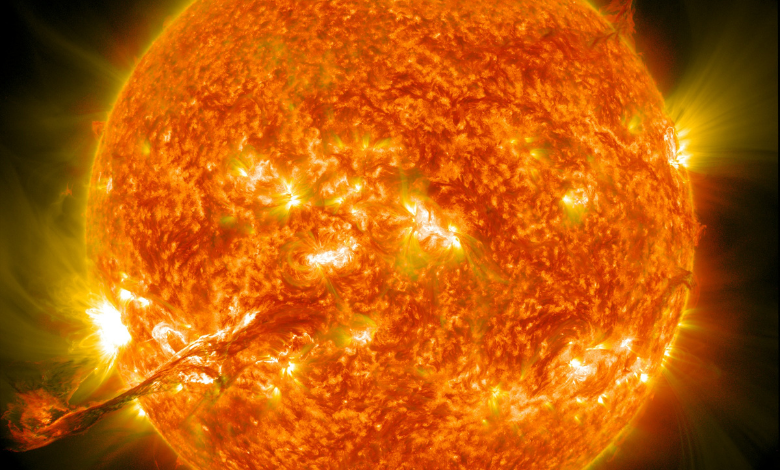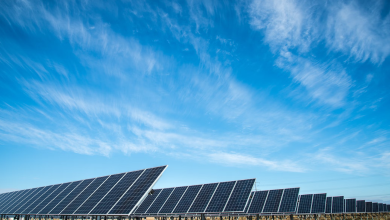
The sun produced its biggest solar flare in nearly a couple of decades on Tuesday, shortly after severe solar storms pummeled Earth and created stunning northern lights in numerous irregular places on the planet, such as Ladakh in India.
It is the biggest flare of the 11-year solar cycle – approaching its peak, according to the National Oceanic and Atmospheric Administration (Noaa). But the good stuff is the planet should be out of the line of fire this time as the flare erupted on a part of the sun rotating away from Earth.
Nasa’s Solar Dynamics Observatory captured the bright flash of the X-ray flare. Strongest since 2005, it has been rated on the scale of these flares as X8.7. But it may turn out to have been even stronger when researchers gather data from other sources.
Brief insight into solar storms and northern lights
Taking to X on Saturday, NASA Sun & Space noted that the sun emitted a couple of strong solar flares on May 10-11, 2024, peaking at 9:23 pm EDT on May 10 and 7:44 am EDT on May 11. The events have been classified as X5.8 and X1.5-class flares.
Northern lights, or aurora borealis, appear during a solar storm. Solar flares contain a greater number of charged particles. As they hit the particles in the Earth’s atmosphere – mostly containing oxygen and nitrogen – the sky starts to appear blue, pink and purple.
In simpler terms, northern lights are caused due to an exponential increase in activity on the solar surface, also called solar outbursts. This leads to a spectacular night sky, but has several adverse effects, too, such as electrical outages and navigation system issues.




